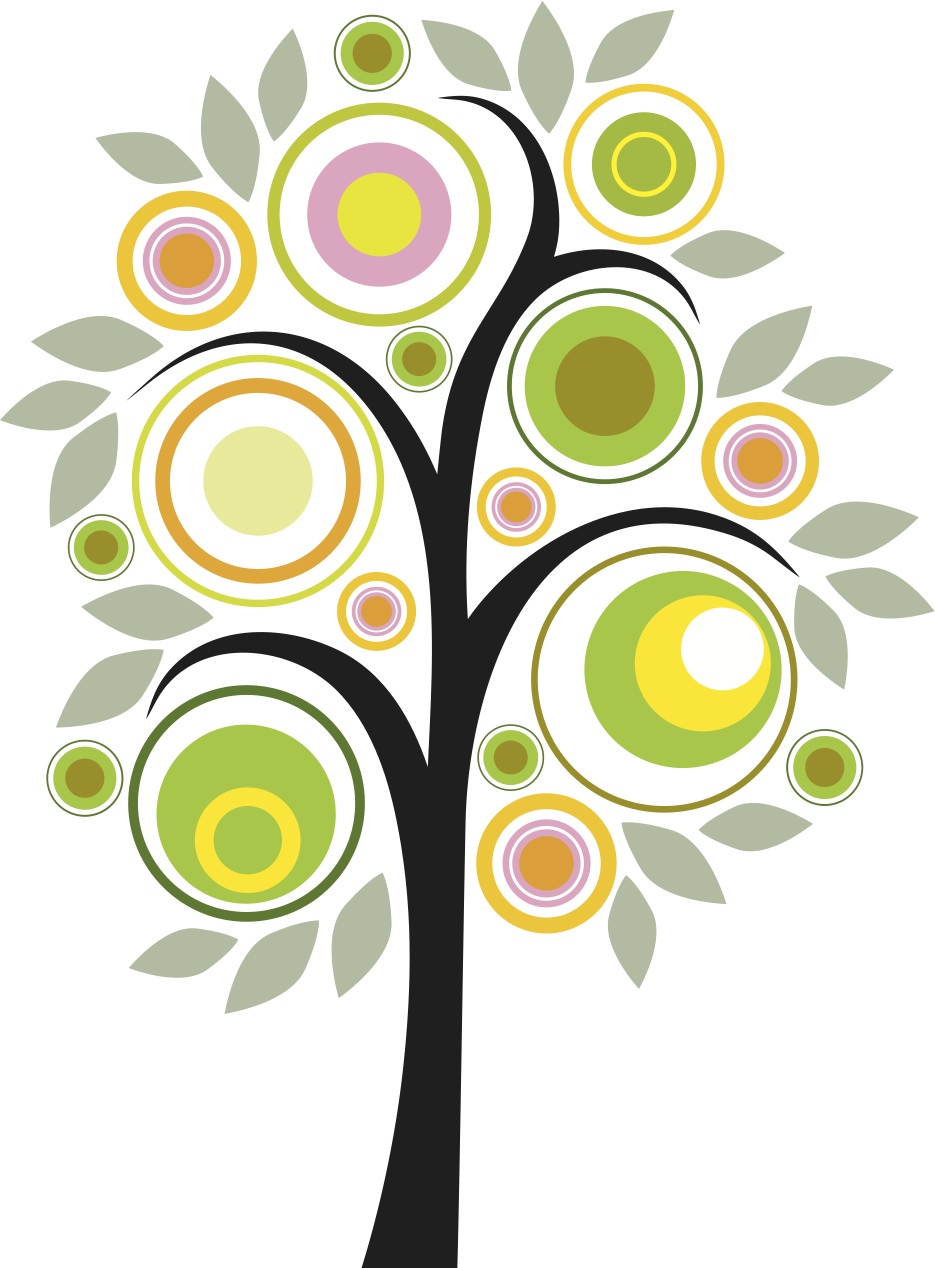IF LIKE me you’ve been slow to fully embrace the Olympics Games after an endlessly negative media build-up however legitimate, then I recommend a visit to the Olympic Museum in Lausanne to help you get your Olympic mojo back before they’re over for another four years.
Informative, inspiring and just plain fun, I found myself reliving so many special Olympic moments and personal memories from past Games that I came away appreciating all over again what the fuss is all about.
Share the Dream
The Museum uses 3000 sq.m. of exhibition space, 1500 exhibits and 150 screens — including an abundance of highly emotive audio-visuals — to ensure visitors of all ages engage with every facet of the Olympic experience: athletics, culture, geography, science, technology, the arts and architecture. Thankfully, you never lose sight of the human qualities that drive the Olympic spirit — the athletes’ passion, sacrifice and skill, quite literally, their blood, sweat and tears.
The first of three floors of exhibition space, “The Olympic World”, looks at the origins of the Games in ancient Greece and their revival at the Athens Games of 1896 by Pierre de Coubertin and on through to their present incarnation as a global sports and cultural event.
If someone were to ask for the recipe for “becoming Olympic”, I would say that the first prerequisite is to be joyful — Pierre de Coubertin
The second level, “The Olympic Games”, charts the evolution of the competition: how have technological innovations changed the various Olympic disciplines. Personal testimonies, films, photographs and a stunning collection of sporting equipment, uniforms and other memorabilia bring you closer to sporting achievements that for most of us could only be seen on a TV screen from half-a-world away.
I remember watching Torville and Dean’s “perfect 6s” gold-medal winning performance at the Sarajevo Winter Olympics in 1984 so it’s a thrill to see their skating costumes up close, as well as to revisit on film the opening ceremonies of the 1976 Olympics in my hometown Montreal.
The torch used to light the Olympic cauldron in Montreal stands among all the torches used over the decades including the ones from Berlin in 1936 and next to it from London in 1948 — you cannot help but ponder how the world suffered and changed in those 12 tumultuous years.
The third level, devoted to “The Olympic Spirit”, brings you into the heart of an Olympic village. Here you learn — and try out for yourself — the techniques athletes use to prepare for their disciplines and improve their focus. There are a number of interactive displays that are ideal for children and young adults to try out.

Cap Sur Rio
A bright and engaging temporary exhibition in two sections called “Cap Sur Rio”, helps you discover the host city’s history and culture through music, photography, film and artworks and looks at the transformation the city has undergone to host the Games this Summer.
You can also get your hands on a Rio Olympic torch — okay, it’s not lit and you can’t run (away) with it, but it’s probably the closest you’re ever going to get to the real thing and that’s thrilling enough.
The wonder of it all
The Museum succeeds in creating a sense of wonder, mostly about the pursuit and achievement of sporting excellence and how much that asks of every athlete whether or not they win a medal.
You can’t look at the fragile wood two-man bobsleigh the Swiss team rode on the treacherous Pélerins bobsled run at the 1924 winter Olympics in France without being impressed by their courage. Or look at the height of the high jump and pole vault apparatus and not think: uh, really?!
I’m reminded that devotion, hard work, and daring-do flutter at the heart of the Games, which is enough to push aside all cynicism for at least a couple of hours and maybe even create a reserve of goodwill to get me through the rest of the time.
Practical Information about the Olympic Museum
The Olympic Museum is located at the Quai d’Ouchy in Lausanne and is easily accessible by car or public transport. Find practical info at these links: rates and opening times: getting there; educational offerings for students; and facilities and services for the disabled.
The TOM café-restaurant has a simple summer menu and a spectacular view of the Alps from its terrace. The TOM souvenir shop offers high-quality, attractive merchandise. The Cap Sur Rio exhibit continues until 25 September.












5 responses to “Lausanne’s Olympic Museum brings hearts & minds closer to the real thing”
Would love to visit this museum….. and love the quote by Pierre de Courbertin; a quote that can apply to so many endeavours.
LikeLike
You’d really enjoy this museum, Andrea, and the view from the restaurant balcony is worth the trip alone!
LikeLike
I think I’d enjoy this more than watching the games on TV. The setting overlooking the water is gorgeous, too!
xo
Pam
LikeLike
Hi Elena, I’m enjoying exploring your website!
It sounds like the Olympic Museum has radically changed and improved its image. Years ago we visited it with our kids and it was truly the dullest lacklustre museum we have ever been to. No mention of any Olympic legends, athletes, records; the museum focused simply on the Committee and its organisational structure!! Can you believe it?
Thank goodness it has changed. Time to visit it again. Thanks for this.
Joy
LikeLike
I know what you mean, Joy. I had the same feeling about it when I visited it before the renovation. It’s much improved, thank goodness! Even teenagers seemed to enjoy it, especially the interactive section, which is a good thing. I’m glad you’re enjoying the blog. It’s always nice to get some positive feedback! Elena
LikeLike